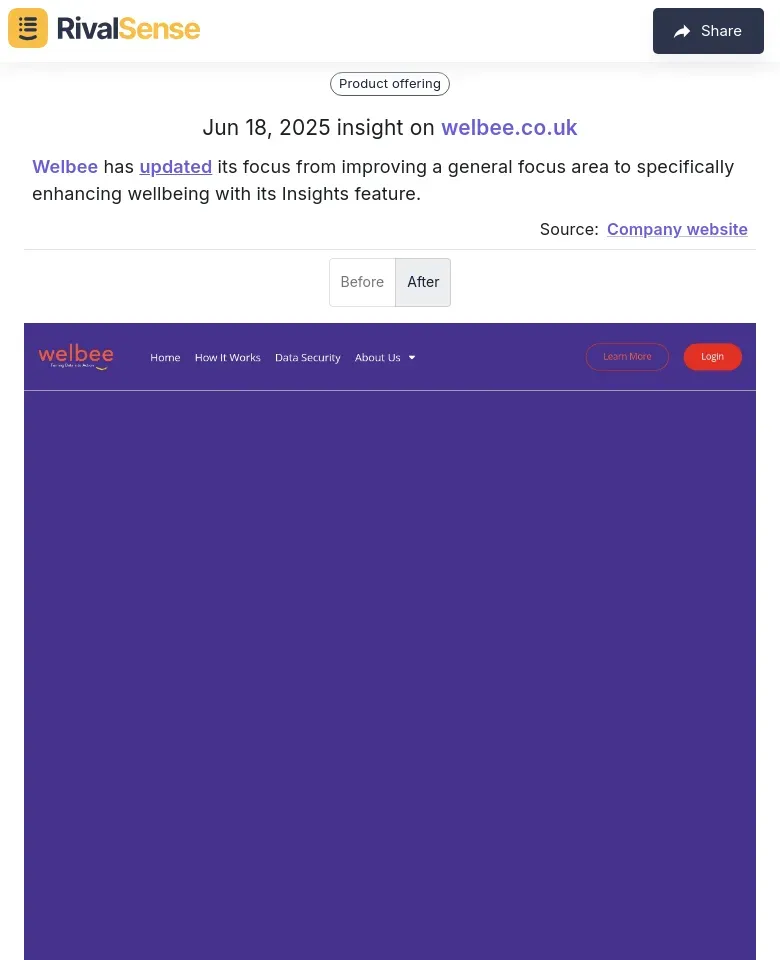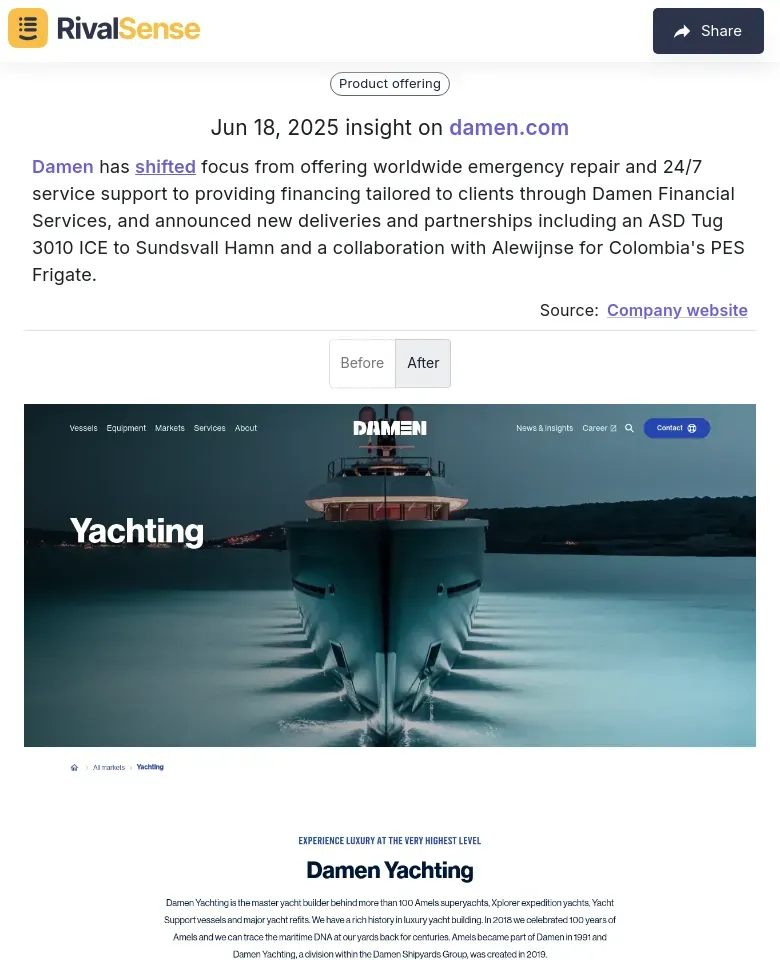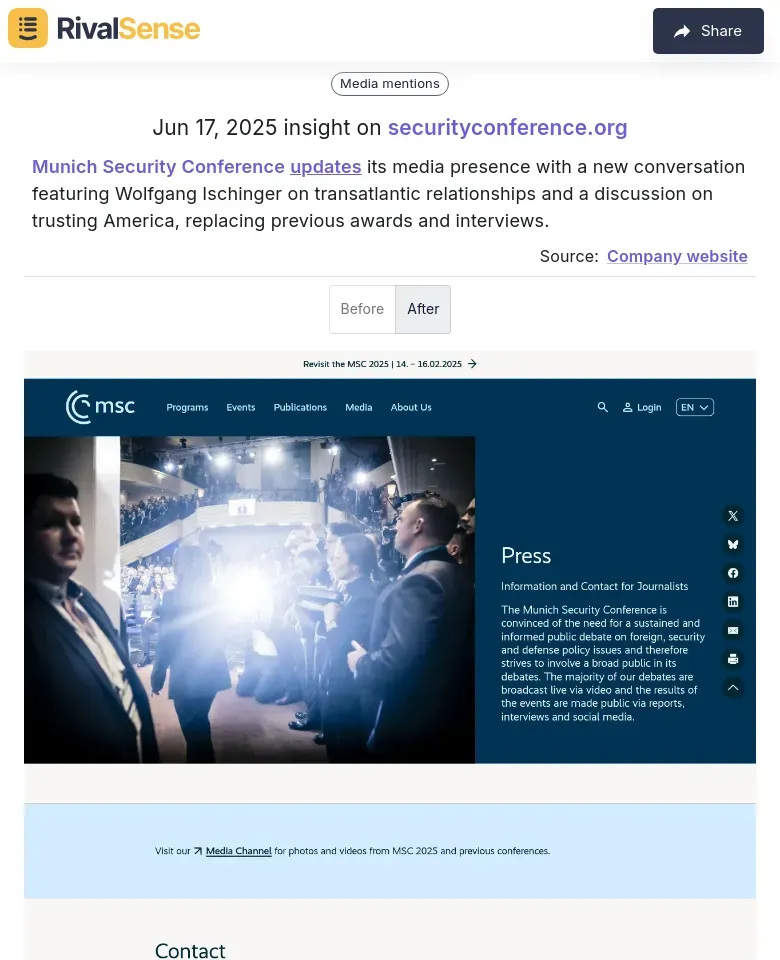Boost Productivity: Benchmarking Tips for Financial Services
Benchmarking in the financial services sector is a strategic tool that involves comparing your business processes, performance metrics, and operational strategies against industry leaders or competitors. This practice is crucial for identifying gaps, uncovering best practices, and setting realistic performance goals. In an industry where efficiency and accuracy are paramount, benchmarking not only enhances productivity but also provides a competitive edge by highlighting areas for improvement and innovation.
Understanding the importance of benchmarking is the first step toward leveraging its benefits. It drives productivity by offering insights into how top performers achieve their results, enabling your team to adopt similar strategies. Moreover, it fosters a culture of continuous improvement, ensuring your services remain relevant and superior in a fast-evolving market.
This article provides actionable tips to help you implement effective benchmarking practices. From selecting the right metrics to analyzing competitors' strategies, we'll guide you through practical steps to elevate your financial services. Whether you're looking to streamline operations, reduce costs, or enhance customer satisfaction, these insights will equip you with the tools to achieve measurable success.
Identifying Key Performance Indicators (KPIs) for Benchmarking
Identifying the right Key Performance Indicators (KPIs) is crucial for benchmarking success in financial services. Without clear metrics, you can't accurately measure progress or identify improvement areas. Focus on essential KPIs like customer acquisition cost (CAC), client retention rates, net promoter score (NPS), and return on investment (ROI) to gain a comprehensive performance snapshot.
Align KPIs with your strategic goals to ensure relevance and impact. For growth-focused initiatives, prioritize CAC and conversion rates; for customer satisfaction, track NPS and retention. Use this checklist to validate your KPIs:
✅ Specific: Clearly defined and unambiguous
✅ Measurable: Quantifiable with available data
✅ Achievable: Realistic within resources
✅ Relevant: Directly tied to business objectives
✅ Time-bound: Attached to deadlines
Leverage tools like CRM systems and analytics platforms for automated tracking. Competitor tracking solutions like RivalSense provide invaluable context by benchmarking your metrics against industry standards. Review KPIs quarterly to ensure ongoing alignment with evolving business goals.
Gathering and Analyzing Competitor Data
Gathering and analyzing competitor data ethically forms the foundation of strategic benchmarking. Publicly available sources—annual reports, press releases, and customer reviews—offer rich insights without compromising ethics. Advanced tools like RivalSense automate this process while respecting privacy regulations, delivering curated intelligence efficiently.
Focus your analysis on critical performance areas like customer acquisition costs, retention rates, and digital adoption. Compare these against your metrics to spot trends—for instance, if competitors show higher retention rates, investigate their customer service tactics. Use SWOT analysis to contextualize findings and uncover opportunities:
| SWOT Element | Application Example |
|---|---|
| Strength | Competitor's superior mobile app UX |
| Weakness | Competitor's slow complaint resolution |
| Opportunity | Market gap in sustainable investing products |
| Threat | New fintech disrupting payment processing |
Actionable Steps:
🔹 Build a competitor dashboard for real-time monitoring
🔹 Conduct quarterly strategy reviews based on fresh data
🔹 Perform mystery shopping to experience competitor services firsthand
Implementing Benchmarking Insights into Your Strategy
Translating benchmarking insights into action drives tangible performance improvements in financial services. Start by analyzing findings to prioritize high-impact opportunities—those with significant ROI potential and feasible implementation. Then convert these insights into structured plans with clear accountability.
Follow this implementation framework:
- Set SMART Goals: Example: "Reduce customer onboarding time by 25% within Q3 by automating documentation."
- Develop Action Plans: Break goals into tasks with owners and deadlines (e.g., "IT team to integrate e-signature tool by July 31").
- Monitor via KPIs: Track metrics like process efficiency scores weekly.
- Pivot Proactively: If results lag after 60 days, reassess benchmarks and tactics.
Pro Tips:
- 📋 Create phase-based checklists for complex initiatives
- 📅 Hold biweekly progress syncs with stakeholders
- 📊 Visualize data trends through live dashboards
Case Studies: Successful Benchmarking in Financial Services
Real-world examples demonstrate benchmarking's transformative power in finance. A mid-sized investment firm analyzed top competitors' onboarding workflows, identifying redundant steps. By streamlining their process, they reduced onboarding time by 30% and boosted client satisfaction scores by 22 points within six months.
Similarly, a regional bank benchmarked digital engagement against global leaders, discovering gaps in mobile functionality. After implementing biometric login and personalized dashboards—best practices observed—their app engagement surged by 25% and cross-sell rates improved by 18%.
Key Takeaways:
✨ Focus benchmarking on specific operational pain points
✨ Adapt (don't copy) competitor innovations to your context
✨ Measure impact through pre/post KPIs
Leveraging Competitor Shifts for Strategic Advantage
Monitoring competitor pivots provides early warnings about market shifts and uncovers strategic opportunities. For instance:
Welbee's Wellbeing Focus Shift

Welbee narrowed its focus from general improvements to wellbeing-specific features. Tracking such pivots helps anticipate emerging customer needs—valuable for adjusting your own service positioning before market trends solidify.
Damen's Service Expansion

Damen shifted from emergency repairs to tailored financing and partnerships. Observing these moves reveals diversification strategies and partnership opportunities, enabling proactive responses to competitive threats in adjacent service areas.
Media Strategy Evolution

The Munich Security Conference replaced awards with geopolitical discussions. Analyzing such media shifts helps refine your content strategy to address trending topics or differentiate through unique perspectives.
Conclusion and Next Steps
Benchmarking transforms raw competitive data into growth catalysts for financial services. Remember to focus on actionable metrics, implement insights systematically, and continuously refine based on market feedback. Start today with these steps:
- Prioritize 2-3 critical KPIs (e.g., customer retention rate)
- Identify 3 key competitors for comparison
- Schedule monthly benchmarking reviews
Accelerate your strategy with RivalSense: Automatically track competitor product launches, pricing changes, partnerships, and regulatory updates across websites, social media, and registries. Get actionable insights delivered weekly—no manual monitoring needed.
👉 Try RivalSense Free and receive your first competitor intelligence report today!
📚 Read more
👉 How Sumsub's Pricing Shift Empowered Competitor Strategy
👉 Unlock Competitor Secrets: Master Twitter for Strategic Insights
👉 3 Critical Competitor Insights to Master in Facility Management
👉 Market Entry Wins: Real-World Competitor Insights for Growth
👉 How Tracking Regulatory-Driven Competitor Updates Unlocks Strategic Advantage
